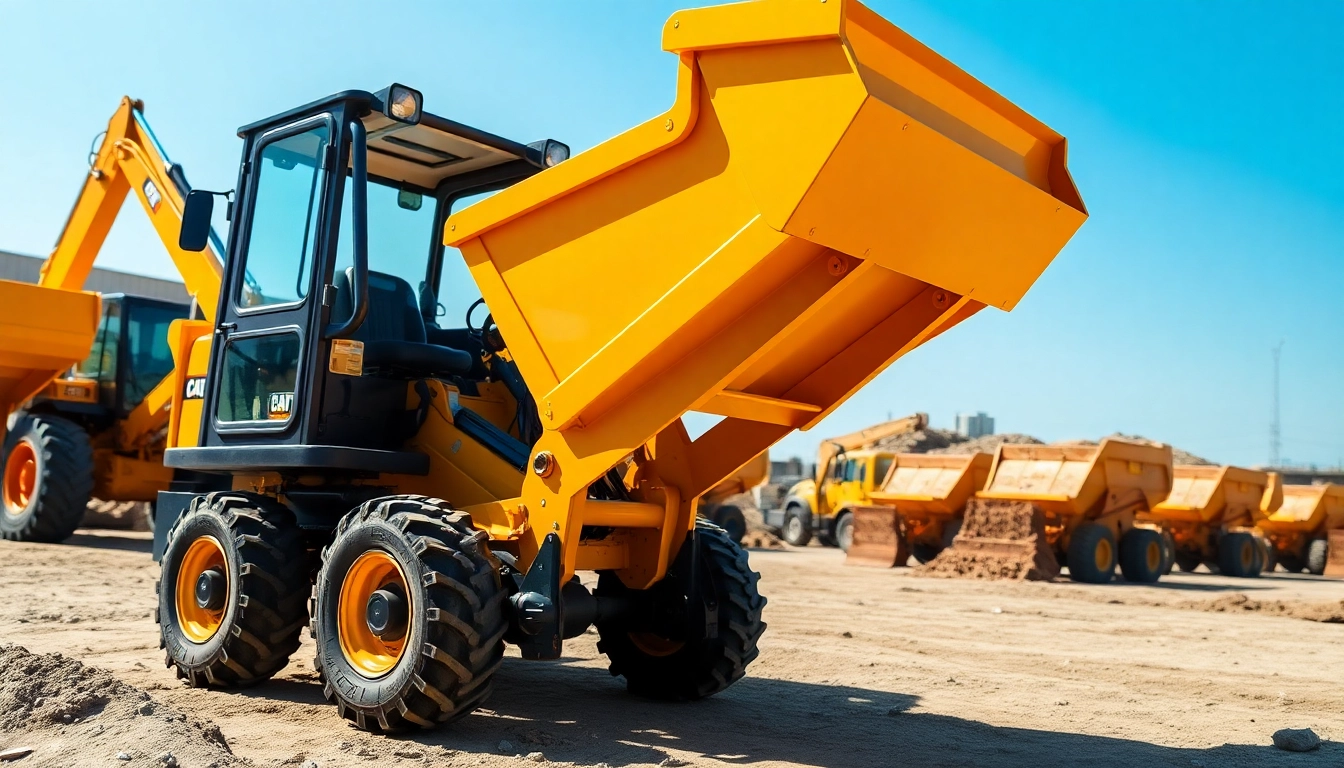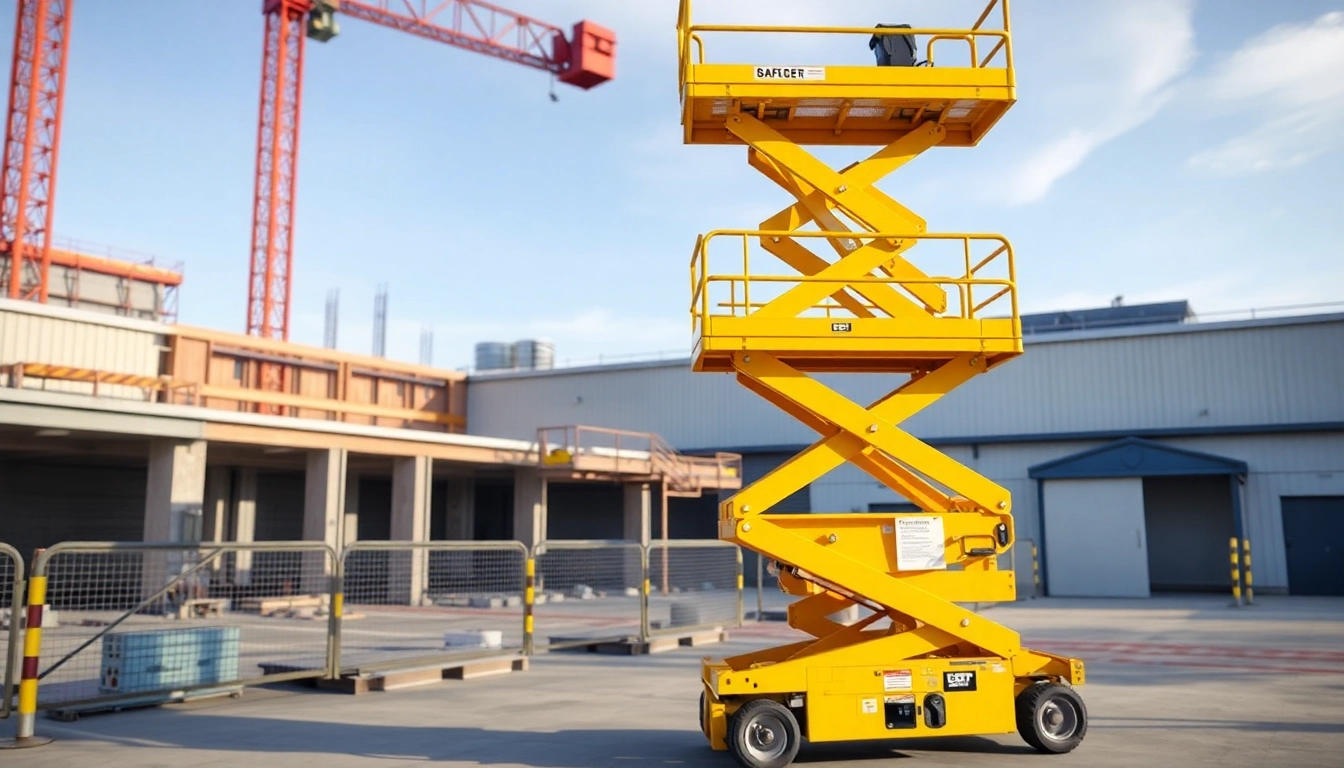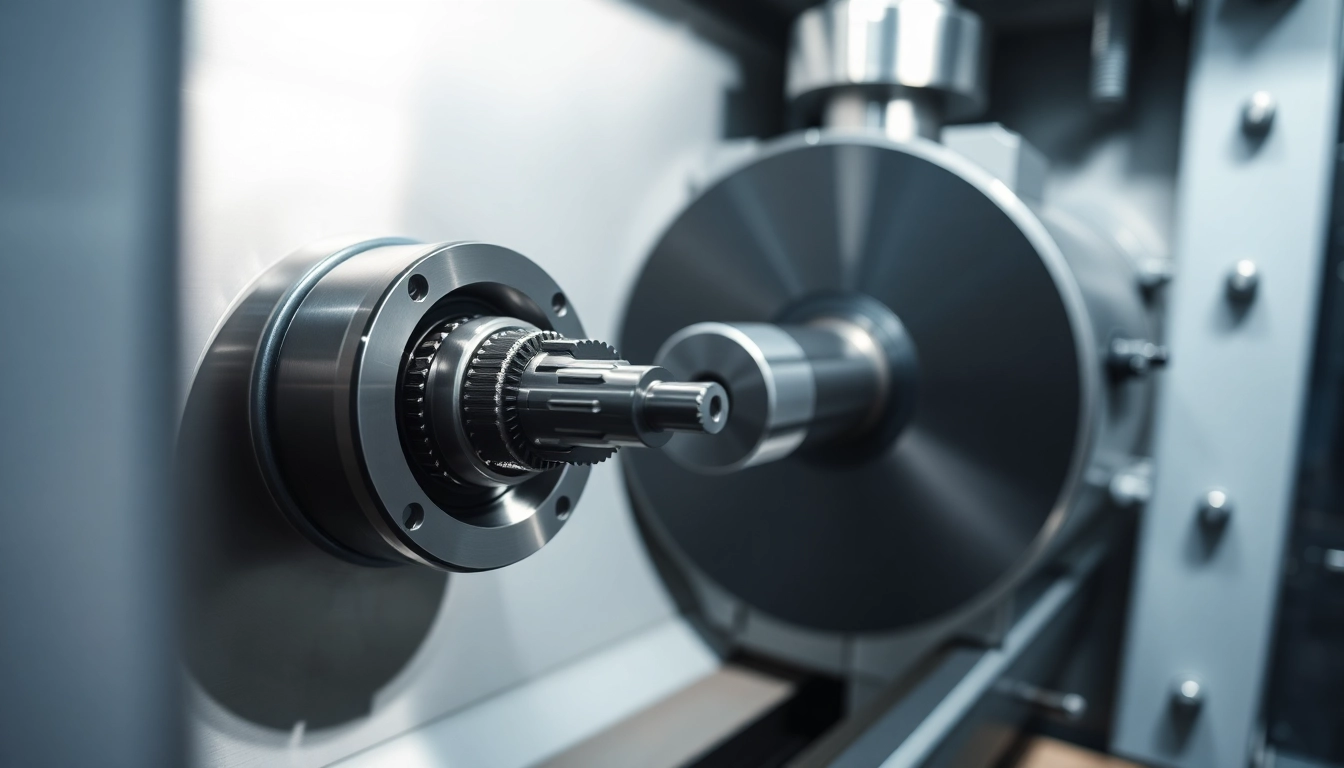Understanding Dumper Rental: Types and Uses
Efficient material handling and transportation are critical to the success of construction, landscaping, and various industrial projects. One of the most versatile pieces of equipment to facilitate these tasks is the dumper, also known as a dump truck or tipper. Whether moving soil, rubble, aggregates, or other bulk materials, selecting the right dumper rental can significantly influence project timelines, safety, and cost management. With a broad spectrum of dumper types designed for specific applications, understanding their features and appropriate use cases is vital for contractors and project managers alike.
For those seeking reliable and cost-effective solutions, exploring options like Dumper rental can unlock access to high-quality equipment suited to various project demands. This comprehensive guide will delve into the different types of dumpers available, their uses, how to select the right equipment, operational best practices, benefits of hiring professional services, and illustrative case studies showcasing successful applications. By the end, you’ll be equipped with practical insights to optimize your material handling operations effectively.
Types of Dumpers and Their Uses
Mini Dumpers: Compact Solutions for Tight Spaces
Mini dumpers are designed for projects where space is limited or maneuverability is a priority. Weighing typically between 0.25 to 1 ton, these smaller machines excel in narrow pathways, indoor areas, and confined terrains, making them popular in renovation, landscaping, and small-scale construction. They are lightweight, easy to operate, and capable of handling a variety of materials such as soil, gravel, and debris.
For example, a mini dumper hire offers flexibility on demanding sites, often fitting through standard doorways and tight access points. They typically feature tipping skips and all-terrain capabilities, allowing workers to complete tasks efficiently without over-complicating logistics.
Standard and Heavy-Duty Dumpers for Larger Projects
When project scale increases, so does the demand for larger, more robust dumpers. These machines, ranging from 1 to 10 tons or more, are designed to transport heavier loads across rough or uneven terrains. They are essential in large-scale construction, roadworks, mining, and site clearance operations. Equipped with powerful engines, reinforced chassis, and high-capacity skips, these dumpers can expedite material movement and minimize downtime.
For instance, a 1-ton high tip dumper can effectively carry construction materials over moderate distances, with the added benefit of high tipping loads for quick unloading. Rental services like Chippindale Plant provide a wide range of such equipment, designed to meet the needs of large construction sites seeking efficiency and reliability.
Specialized Dumpers: Micro, Tip, and Articulated Options
Beyond the standard models, specialized dumpers serve niche purposes or challenging environments. Micro dumpers, often under 0.5 tons, are ideal for working in extremely tight spaces, such as narrow doorways or indoor sites. They usually feature narrow tracks or tipping mechanisms suitable for sensitive environments.
Tip dumpers feature high tipping capacities and often provide forward, swivel, or articulated tipping options to facilitate unloading in various configurations. Articulated dumpers, which have a pivot joint between the cab and the dump body, excel on uneven ground and are predominantly used in mining and large earthmoving projects.
Choosing the right specialized dumper depends on terrain, capacity demands, and site-specific constraints. Consulting with rental providers can help identify the optimal model for your project’s unique requirements.
How to Choose the Right Dumper Rental for Your Project
Assessing Material Load Capacity and Terrain
The initial step in selecting a dumper is understanding the volume and weight of materials to be transported. Overestimating capacity can lead to unnecessary expenses, while underestimating may cause operational bottlenecks. Typically, a project’s material load per cycle determines the size of the dumper required.
For example, if you plan to move several cubic meters of gravel daily, a 1-ton or 3-ton dumper might be suitable. Conversely, for larger volumes or heavier materials, opting for a 5-ton or larger machine becomes prudent.
Terrain assessment is equally important. Flat, firm surfaces permit the use of smaller, lighter dumpers, while rough, muddy, or sloped ground necessitates vehicles with tracked systems or articulated designs to maintain stability and traction.
Matching Dumper Features with Job Site Requirements
Operational considerations include selecting dumpers with appropriate tipping mechanisms, control features, and hydraulic systems. For confined spaces, micro or mini dumpers with narrow tracks are ideal. For quick turnaround and high-volume tasks, machines with high tipping capacity and faster cycle times increase efficiency.
Additional features, such as remote control operation, safety guardrails, and easy access points for maintenance, can enhance safety and uptime. Examining the site layout and access routes before choosing equipment ensures smooth operation and safety compliance.
Cost Considerations and Rental Terms
Rental costs vary based on dumper size, duration, and additional accessories or features. Daily, weekly, and monthly rates are standard, with longer-term rentals often attracting discounts. It’s essential to clarify delivery, pick-up charges, and any operator requirements upfront.
For budget optimization, compare quotes from multiple rental providers, considering both equipment quality and service support. Also, review rental agreements carefully to understand liability clauses, maintenance responsibilities, and safety regulations.
Operational Best Practices for Dumper Rentals
Proper Handling and Safety Protocols
Ensuring safety during dumper operation is paramount. Operators should be trained in machine controls, load management, and site-specific safety procedures. Always wear suitable personal protective equipment (PPE) including helmets, high-visibility clothing, and steel-toed boots.
Before use, conduct a thorough safety inspection, checking for leaks, tire pressure, brake function, and hydraulic integrity. Load the dumper within its rated capacity, distribute materials evenly, and avoid sudden maneuvers to prevent tipping or mechanical failure.
Maintenance and Inspection Before Use
Routine checks prior to each shift prevent breakdowns and safety issues. Verify fluid levels, inspect hydraulic hoses and connections, and ensure that safety features like lights and warning alarms are operational. Address any issues immediately or consult with service technicians for repairs.
Maintaining data logs of inspections and repairs improves accountability and helps track equipment performance over time.
Efficiency Tips for Maximizing Rental Value
Plan the sequence of operations to minimize unnecessary trips and idle time. Use experienced operators familiar with dumper controls and terrain challenges. Optimize loading and unloading points for minimal travel distances. Regularly communicate with site supervisors to coordinate machine movements and avoid congestion.
Benefits of Choosing Professional Dumper Rental Services
Reliable Equipment and Flexible Rental Periods
Professional rental providers guarantee equipment availability, maintenance, and operational safety, reducing project delays. They also offer flexible rental terms aligned with your project schedule, from daily hires to long-term arrangements.
Expert Support and Technical Assistance
Most reputable companies provide onsite support, including operator training, troubleshooting, and emergency assistance. This ensures your team can operate the machinery confidently and safely, even in complex site environments.
Cost Savings and Project Efficiency
By renting from established suppliers, projects benefit from modern, well-maintained equipment that performs efficiently, reducing fuel consumption and maintenance costs. Additionally, access to a variety of dumper types allows customization to suit evolving project requirements, ultimately leading to cost reductions and improved deadlines.
Case Studies and Project Success Stories
Successful Logistics with Mini and Full-size Dumpers
In a recent urban renovation project, a construction firm utilized mini dumpers to navigate tight access points, enabling efficient relocation of debris and materials without disrupting surrounding structures. This strategic choice minimized disruptions, expedited completion, and reduced labor costs.
Long-term Rental Partnerships for Large-Scale Projects
An infrastructure company engaged in highway construction secured a long-term rental agreement, gaining priority access to a fleet of articulated and tracked dumpers. This partnership allowed continuous operations, predictable budgeting, and prioritized servicing, leading to on-time project delivery.
Innovative Equipment Usage for Complex Site Challenges
In a complex environmental remediation project, specialized micro dumpers with low ground pressure and narrow profiles were employed to carry out delicate material removal in sensitive terrains, illustrating how equipment innovation can overcome unique site constraints effectively.


